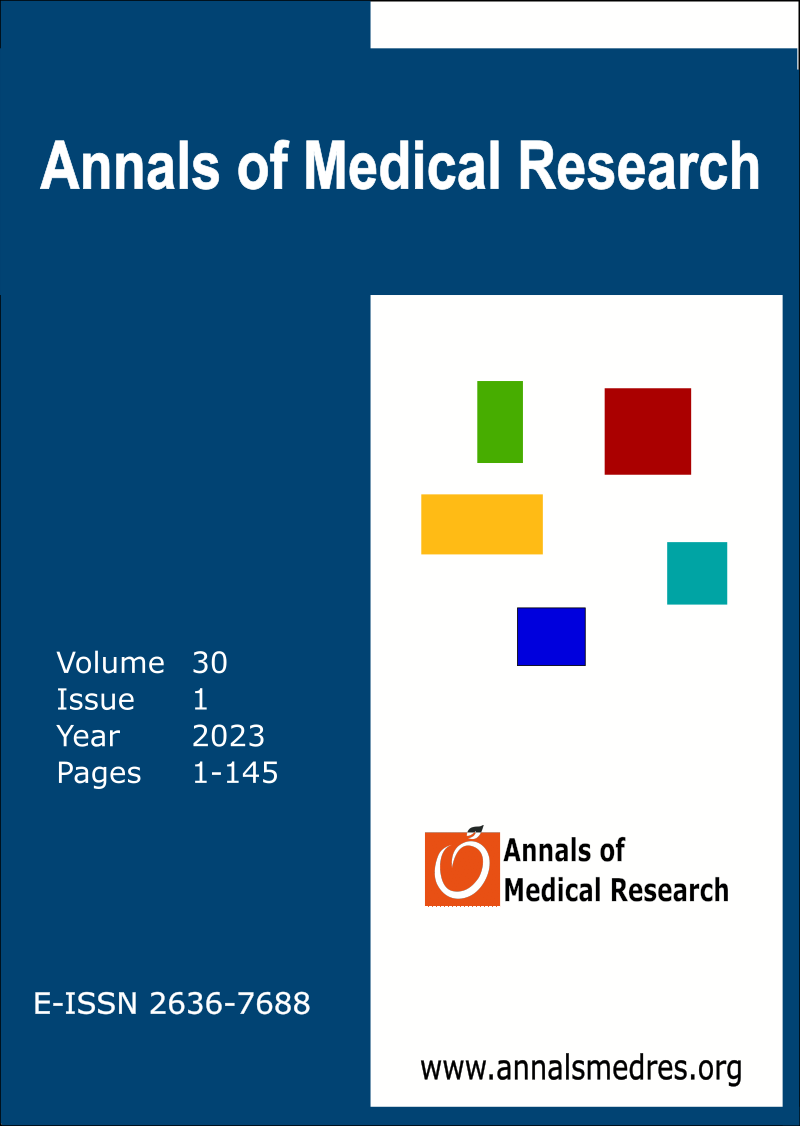Determination of central venous catheter complications: Internal jugular vein versus femoral vein catheterization
Keywords:
Central catheterization, Internal jugular veins, Femoral veins, ComplicationAbstract
Aim: This research aimed to compare the mechanical, thrombotic, and infectious complication ratio of the internal jugular vein with those of femoral vein catheterization.
Materials and Methods: It is a single-center retrospective study. One hundred seventy-nine pediatric patients undergoing central venous catheter insertion in the intensive care unit were selected from February 2020 to August 2021. The patients were divided into 2 groups based on catheter type; internal jugular versus femoral venous catheterization. Procedure complications rates were assessed. However, jugular catheterization was performed under ultrasound guidance, and femoral venous catheterization was inserted via an original landmark-based technique. Thromboprophylaxis was performed on all patients without coagulopathy.
Results: The overall rate of procedural complications was 20%. The subcutaneous hematoma was the most common mechanical complication and higher in femoral attempts (p= 0.001), followed by arterial injury (p= 0.002). Thrombotic complications were similar between the two groups (p= 0.053). Infections complications were higher in femoral venous catheterization (p= 0.016).
Conclusion: Femoral venous catheterization is associated with a greater risk of mechanical and infectious complications than internal jugular venous catheterization. Usage of ultrasound during catheterization procedures decreases mechanical complications.
Downloads
Published
Issue
Section
License
Copyright (c) 2022 The author(s)

This work is licensed under a Creative Commons Attribution-NonCommercial-NoDerivatives 4.0 International License.
CC Attribution-NonCommercial-NoDerivatives 4.0






